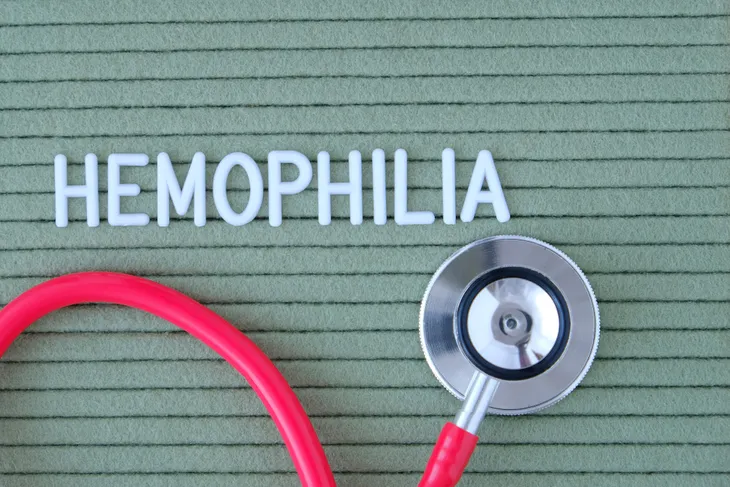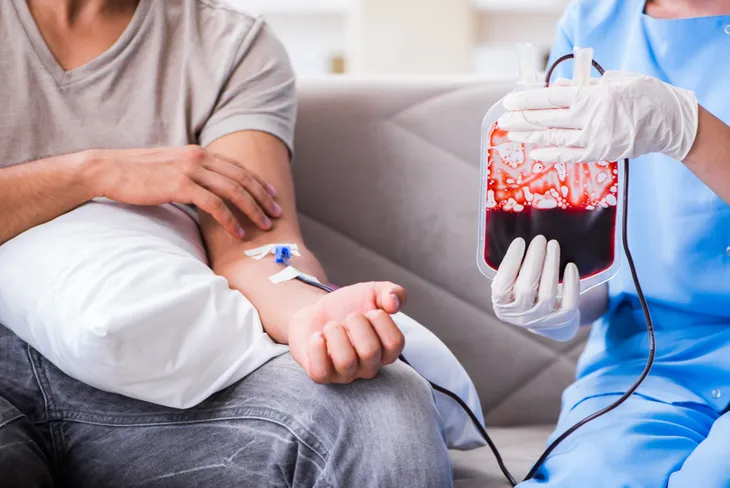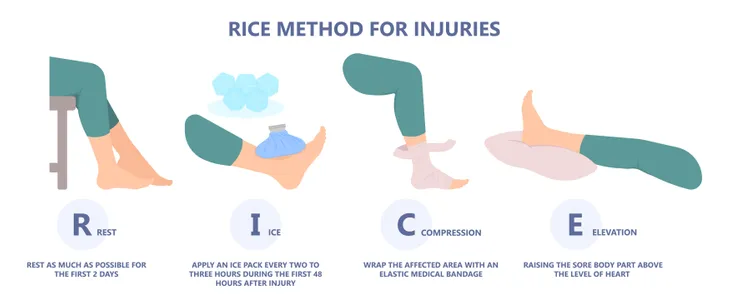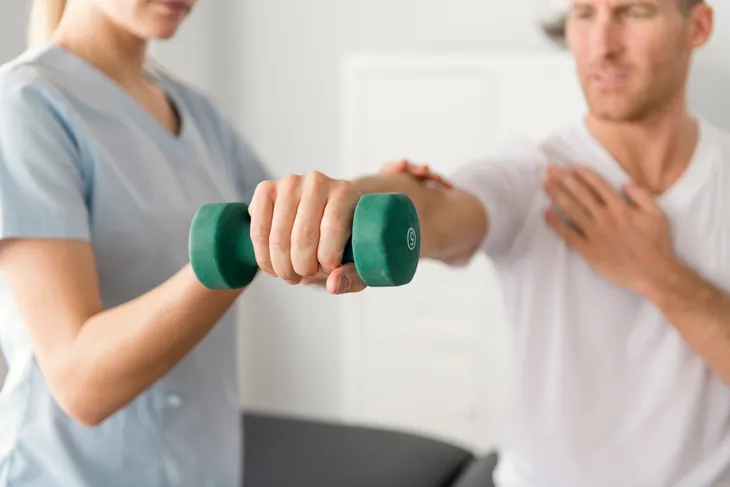Hemophilia is a lifelong condition with no cure. However, minimizing the risk of trauma and providing advance on managing the condition safely can prevent bleeding emergencies, and allow patients to enjoy a full and fruitful life without fear.
All of the popular treatments for hemophilia focus on replacing lacking blood clotting factors and act as preventative measures in case of a laceration or joint trauma.
Learn about the most common treatment options, as well as some comprehensive care tips, for the safe management of hemophilia…
Factor VIII Concentrates
This standard treatment for hemophilia replaces missing clotting factor in the blood (known as VIII). Dosages are typically based on several patient factors—including the severity of bleeding, the size of the patient and the area site where bleeding occurs.
To prevent a bleeding emergency, hemophilia patients and their loved ones can be taught to administer VIII concentrate injections at home if injury occurs.
Prescription Drugs
Mild hemophilia is often treated with a prescription medication called desmopressin (or DDAVP), which stimulates the release of clotting factor VIII naturally stored in blood vessels.
DDAVP is prescribed either intravenously or in a nasal spray. Most hemophiliacs take DDAVP prior to surgery as a precautionary measure.
Pain Relievers
Acute bleeding and inflammation of joints can be extremely painful for hemophiliacs. For this reason, analgesic pain relievers are usually prescribed for pain management and to soothe chronic pain. Typically, a prescription is required for acetaminophen (i.e., Tylenol) with codeine.
Prophylactic Factor Infusions
Prophylactic factor infusions, human donor blood concentrates, are created in a lab and administered at home by parents of children with severe hemophilia.
The infusions are given regularly to prevent bleeding symptoms, hemophilia arthropathy (joint bleeding), and organ damage, in particular joints. Prophylaxis is not a universally accepted treatment in the medical community with only about 50-percent of hemophiliacs receiving it in the U.S.
On-Demand Replacement Therapy
Mild hemophilia is often treated with prophylactic factors on-demand if a bleeding crisis occurs. This clotting factor replacement therapy is similar to a blood transfusion. It’s administered on an “as needed basis” directly into the patient’s vein at home. Family members giving injections must receive the proper training.
RICE Treatment
RICE, a series of rest, ice, compression, and elevation of a joint bleed should be followed closely and used in combination with other clotting treatments if a hemophiliac suffers an accidental laceration or trauma. RICE is meant to quickly reduce inflammation, reduce blood vessel damage, and slow bleeding until the wound can be looked at by a medical professional.
Hepatitis B Vaccination
Hepatitis B vaccinations are considered essential immunization for hemophilia patients if the individual regularly receives blood infusions or potentially contaminated plasma-derived concentrates. An annual checkup and hepatitis B vaccination will reduce the chances of infection.
Physiotherapy
Regular physiotherapy may be recommended by your doctor as a preventative therapy to help strengthen and keep muscles flexible, in essence, protecting the susceptible joints and muscles so they are less prone to joint bleeds and other forms of damage. Physiotherapy may also improve balance and coordination in hemophiliacs, reducing the incidence of trips and falls.
Physical Activity
Regular, safe exercise is always recommended for patients with hemophilia is order to strengthen the muscles that cushion and protect the knee, hip, shoulder, elbow, and other vulnerable joints from strain and stress. Physical activity reduces the risk of joint bleeds by promoting a healthy weight and lessening stress on joints.











